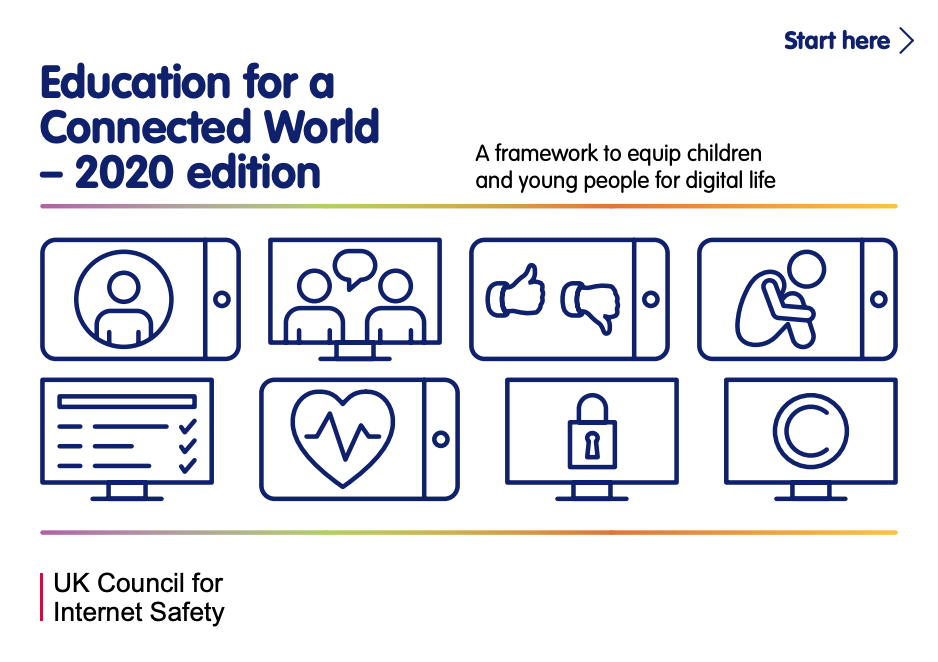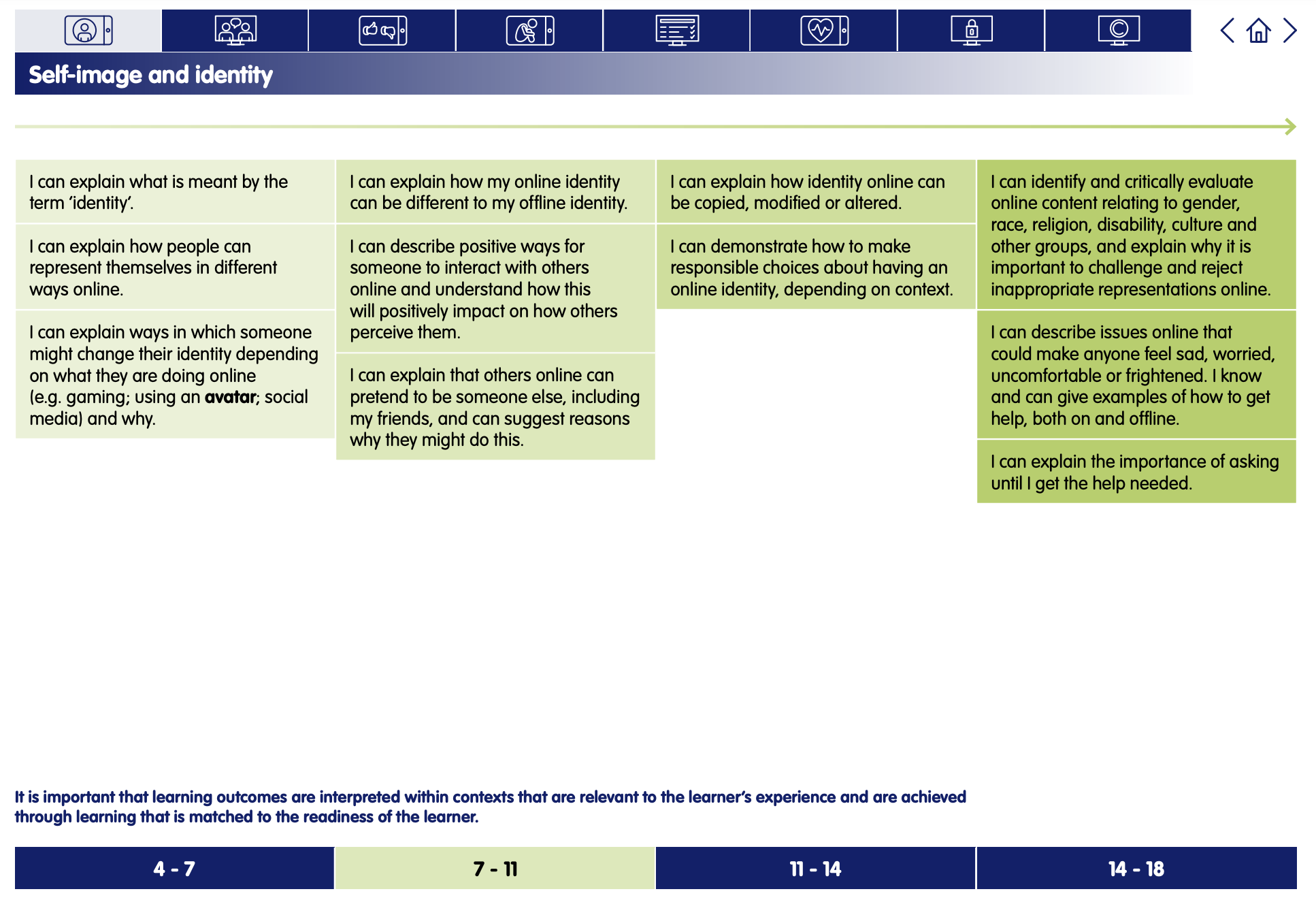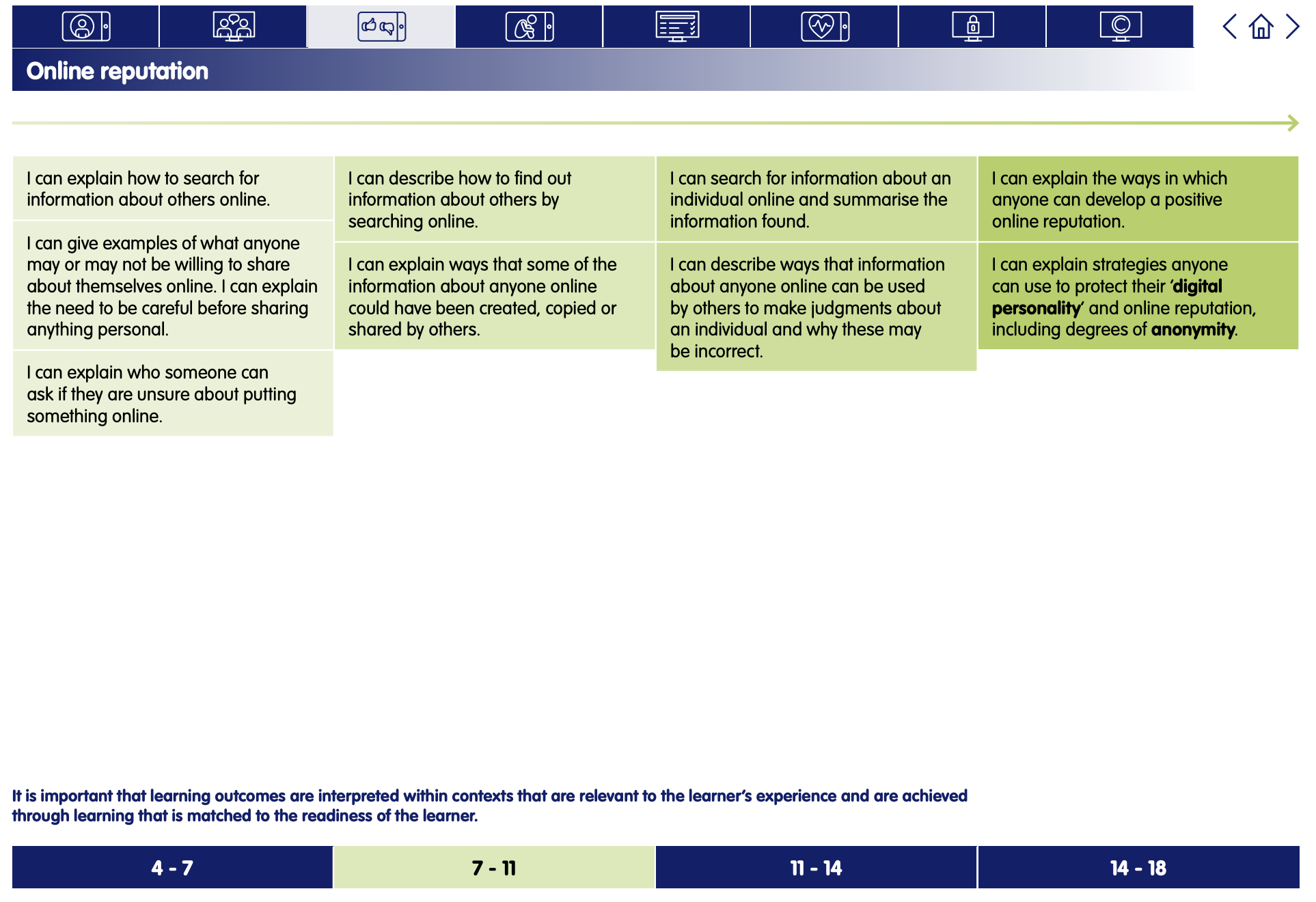This Is Me
Digital Literacy and Online Safety (Y4) - Lesson 3
A note about this lesson

This lesson is taken from Common Sense Education’s excellent Digital Citizenship curriculum. Their resources are shared for free under A Creative Commons Attribution- NonCommercial- NoDerivatives 4.0 International License.
You can find the original resources HERE.
Objectives
- Consider how posting selfies or other images will lead others to make assumptions about them.
- Reflect on the most important parts of their unique identity.
- Identify ways they can post online to best reflect who they are.
Lesson Resources
- Coloured pencils, crayons, or markers · Paper
- This Is Me - Lesson Slides
- This Is Me - Introducing...Me! Student Handout
- This Is Me - How I See You Student Handout
Lesson 1 - Your Rings of Responsibility
Lesson 2 - Password Power-Up
Lesson 3 - This Is Me
Lesson 4 - Our Digital Citizenship Pledge
Lesson 5 - The Power of Words
Lesson 6 - Is Seeing Believing?
Links to Education for a Connected World.
This lesson from Common Sense Media's Digital Citizenship curriculum links to the following strands from the Self-image and identity and Online reputation sections of the Education for a Connected World framework.
Introducing.... Me!
From selfies to social media, many of us create unique online identities for ourselves, and our students are no different. But do kids always understand how others might perceive what they post? Help your students think critically about the online identities they're creating.
Ask: When and where do people take "selfies"? Why do you think they take them? Take turns sharing your ideas with your partner. If necessary, clarify that a selfie is a picture you take of yourself, usually with a phone. (Slide 4)
Invite students to share. Responses might include so they can see what they look like or to show people where they are or what they're doing.
Distribute copies of the Introducing ... Me! Student Handout. Have a student read aloud the directions for Part 1.
Allow students 10 minutes to create their selfies. Encourage students to be as detailed and creative as possible, using images, props, or other creative elements. (Slide 5) Another option is to have students create a digital selfie using Skitch or Sketch Guru - Handy Sketch Pad.
Interact - How I See You
Say: When we post selfies or other images for people to see, that will often lead them to make assumptions about who we are. An assumption is something that someone thinks is true, but in reality, may or may not be true. (Slide 6)
Distribute the How I See You Student Handout, and arrange students with partners. Have a student read the directions out loud. Allow five minutes for partners to "read" each other's selfies and complete the handout.
For question two, emphasise that students should try to identify specific adjectives they'd use based on the selfie. Remind students to be kind and respectful in what they write.
Direct students to trade or share their handout with their partner. They should also return the Introducing ... Me! Student Handout to their partner. Allow students a few minutes to review the assumptions their partner wrote.
Ask: What did you think about your partner's assumptions about you? Were they mostly right or mostly wrong? Call on a few volunteers to share. Follow up with students by asking: How did your partner's assumptions make you feel?
Plenary - Selfie Do-Over
Say: How you felt about your partner's assumptions may have something to do with whether or not they matched your identity. Your identity is different parts of your culture, experiences, and interests that make you unique -- like your personality, where you live, or where your family is from. What are some other things that make you who you are? (Slide 7)
Say: Sharing things online that show your identity can feel good. It's like showing off who you are to the world! And we all have our own unique combination of things that make us who we are. But we should think carefully about what we share about ourselves online. And remember that others might make assumptions about us.
Prompt students to look at Part 2 of the Introducing ... Me! Student Handout and have a student read the directions (Slide 8). Allow students 10 minutes to work on their brainstorm and selfie redo.
Invite volunteers to share their new selfies, including what they changed and why.
Have students complete the Lesson Quiz. Send home the Family Activity and Family Tips.



